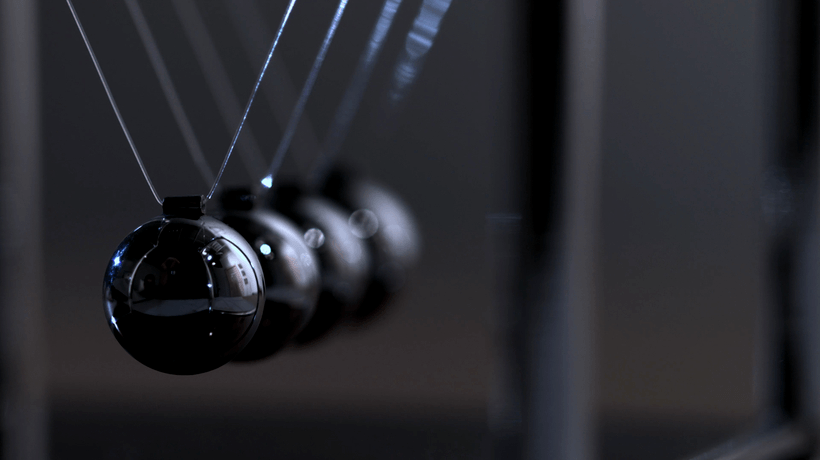Achieving The Most Coveted Result From Your Learning
Behavioral change is the biggest indicator of successful learning and is the hardest to achieve. In the case of soft skills training, compliance training, even sales training, a behavioral change should be the expected output and not just completion of the training.
Two things have always led corporate eLearning strategies:
- Academic education systems
Corporate learning, whether synchronous or asynchronous, follows the same academic systems as schools and universities (i.e., course-based learning with certification deeming learners as qualified). - Learning technologies
Authoring tools and LMSs are the two crucial learning technologies that have led to the eLearning revolution. Their origin, capabilities, and restrictions were based on the same academic education systems.
However, these strategies have failed, as most organizations still struggle to even have a decent completion ratio, let alone behavioral changes in the employees when it comes to compliance training. To achieve behavioral change in your employees, we need to rethink and restructure our learning systems. Microlearning along with continuous learning strategy and learning analytics can help L&D departments ensure behavioral change.
Microlearning
James Clear in his breakthrough book Atomic Habits gives a great example while illustrating how tiny changes give remarkable results. Imagine a plane that is en route to New York from Los Angeles. While taking off, if the pilot changes the course by 3.5 degrees to the south, no one on the plane will even notice this change. However, this tiny change will have the plane land in Washington D.C. instead of New York. Of course, you would not want to be on this plane, but the point James Clear wants to emphasize is that tiny changes can bring out a considerable amount of impact over time.
Similarly, microlearning can act as a catalyst for tiny changes aimed at substantial behavioral changes in employees. When I say microlearning, I am not referring to the buzzword definition of microlearning that focuses only on content chunking and conveniently ignores the delivery mechanism of the chunked content. Microlearning is not a technological solution for L&D; it is a learning strategy and needs to be implemented as one. A daily "Dos and Don’ts" email, a weekly video about best practices, a fortnightly gamified quiz with leaderboards, a very short course about the latest product updates for the sales team can all become your tools to use microlearning. However, just having the learning resources is not enough. Behavioral change will require continuous reinforcement. Learning is a continuous process.
To implement microlearning successfully, you need to:
- Set the trajectory of your learning initiatives according to the behavioral change you want to achieve.
- Break all your learning content into tiny milestones, each milestone addressing and contributing to the big change.
- Let these milestones decide the frequency and duration of microlearning resources.
- Use the best possible delivery platform that adheres to your new strategy.
Remember, behavioral change is a continuous process and the results will take time, and if you have set the learning trajectory right, you will definitely have the expected results.
Continuous Learning
Traditionally L&D has suffered through course-based learning wherein a learner completes a course and is deemed as "trained" on something. These training programs are planned once or twice in a year, or worse, when something really disastrous indicates the need for a training program. However, the volatility of business today led by technological disruption demands a workforce that is continuously evolving. To achieve this, learning continuously is non-negotiable.
Use micro resources to create a stream of continuous learning. Align the delivery of these micro resources with:
- Business objectives of that year, quarter, month, or week
- Employee’s journey in your organization—for example, what’s the point of training someone on a topic that will be relevant to them only after 3 months?
Context is the key to achieve any sort of learner engagement!
Continuous learning will help you inculcate learning habits, which will then lead to creating a culture of learning in your organization. And over time, continuous reinforcement of relevant information will bring out the sought-after behavioral changes in the workforce.
Learning Analytics
Look at every successful online consumer platform today. How they are digging user data to analyze and evaluate user behavior. Based on the analysis, they keep improving their platforms to evoke desired behaviors from their consumers.
Whereas, L&D measures the efficacy of their learning initiatives by measuring the time spent on a course and score earned by the learners. Of course, there are lots of reports generated from a learning delivery platform, however, most of the time the focus is on measuring whether the knowledge was imparted, and if yes, how much. Obviously, these reports do not give insight into the patterns of interactions between the learners and the learning. And we continue the same way and then blame it on the learners not being engaged.
It is high time we, in L&D, need to leave our patronizing position and treat learners as consumers of our learning programs. We need to use learning analytical tools to measure, evaluate, and predict learner behaviors.
Learning analytics will allow you to peek into each and every aspect of your learners like when are most of the learners learning—on the job or on weekends, on Tuesday mornings or Thursday evenings—what are they searching for, what are they answering wrong, at what point they leave the learning platform, what excites them and what frustrates them. You will be able to create a more effective learning strategy moving forward.
It is pretty simple, if you want to change behaviors, the first step will be to analyze the existing behaviors.

Originally published at www.i-lovelearning.com.

